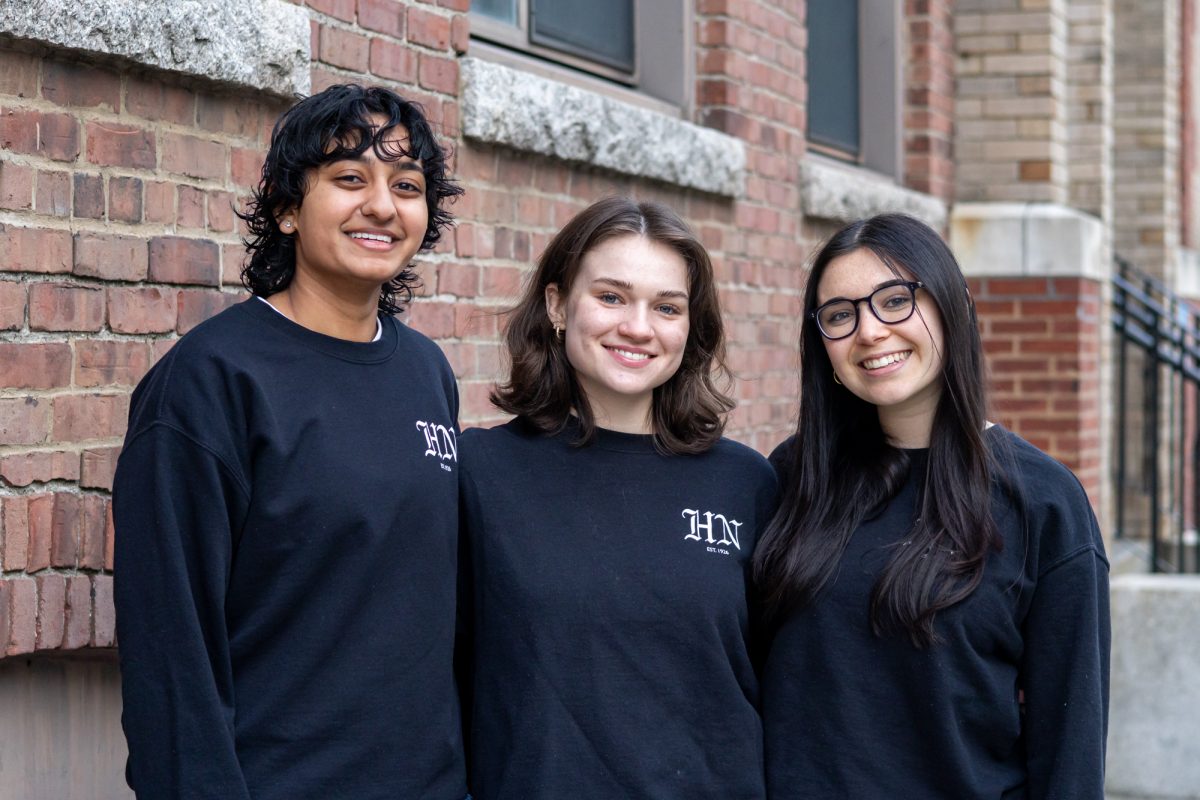A computer program designed as Eugene Goostman, a manufactured 13-year old Ukrainian boy, passed the Turing Test last Saturday: a test designed to evaluate how well a machine is capable of exhibiting human behavior. One-third of the judges for the artificial intelligence (AI) program said the program was so life like, they could have been speaking to a human.
Yun Raymond Fu, an assistant professor of electrical and computer engineering at Northeastern, performs interdisciplinary research in machine learning, social media analytics, human-computer interaction and cyber-physical systems. He shed some light on the nature of the Turing Test.
“An AI passes the test if it’s mistaken for a human… for more than 30 percent of the conversations,”said Fu. “It’s a human-defined intelligence test for an AI machine or AI software. It’s a test to see if the system that developed is intelligent enough.”
Eugene, designed by Russian computer scientists Vladimir Veselov and Eugene Demchenko, engaged in tests outlined by the late British computer scientist Alan Turing. According to protocol, these tests were simultaneous. Thirty judges participated in the tests, and there were 300 conversations total. The results were then independently verified by the University of Reading in the U.K.
Magy Seif El-Nasr is an associate professor in the program of creative industries: game design and interactive media, a joint program between the College of Computer and Information Sciences and the College of Arts, Media and Design at Northeastern. Her research integrates computer science, human-computer interaction, software and virtual design and psychology.
Part of the reason for Eugene’s success, Seif El-Nasr said, was his character. As a teenage boy, he would be expected to know certain things but also to make mistakes. Even as a potentially flawed program, he was believable.
“Most of my work is on believable characters, so it’s kind of the same idea of what Eugene is doing, but it’s not trying to pass the Turing Test,” Seif El-Nasr said.. “It’s trying to engage people in conversation, not necessarily using text but using gestures.”
Alan Turing first introduced the idea of the test in 1950 in his paper “Computing Machinery and Intelligence.” Since then, the Turing Test has become a definitive, though controversial, staple in AI research. Scientists such as Geoffrey Hinton have worked to create a machine that mimics human cognition as accurately as possible. Eugene is evidence that their work is coming to fruition.
“AI researchers have made a lot of progress,” Fu said. “There were a couple of research topics—for example, big data [and] deep learning. Those are important. I think this news somehow gives us another inspiration about AI research, which means those programs eventually really pay off.”
However, passing the Turing Test is only one step in the creation of artificial intelligence programs. A chatterbot is a classic idea, and finally, there exists a believable chatterbot. However, according to Seif El-Nasr, text alone does not constitute a fully realized character. Animation is also a key component.
“Even if they’re able to fool intelligence with text, what happens when you add a whole visual layer to that?” said Seif El-Nasr. “There’s a lot to go. Specifically, human gestures and movements…and synchronizing that. We still have a lot to go, and that’s where my research is focused.”
While Eugene’s success is a huge accomplishment in the field of artificial intelligence, AI researchers will work to surpass its achievement, Fu predicted.
“The speed of making more advanced technology is going to be higher and higher in the next couple years,” said Fu. “I believe we’re going to have more good news.”









